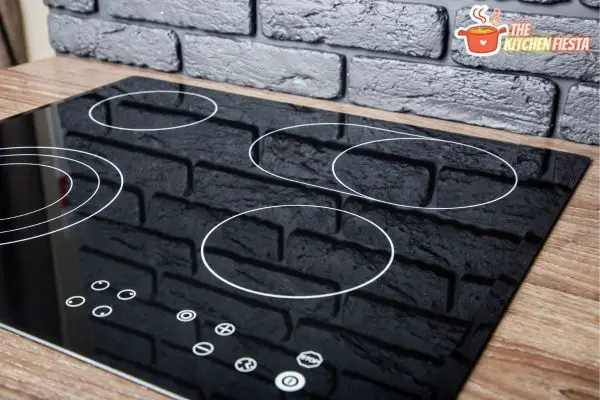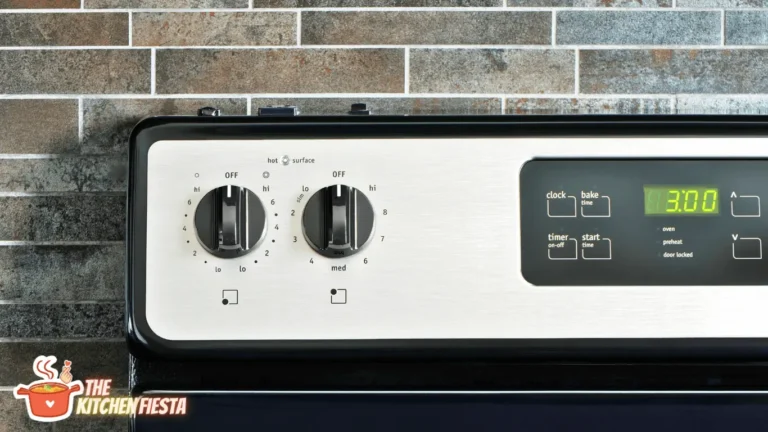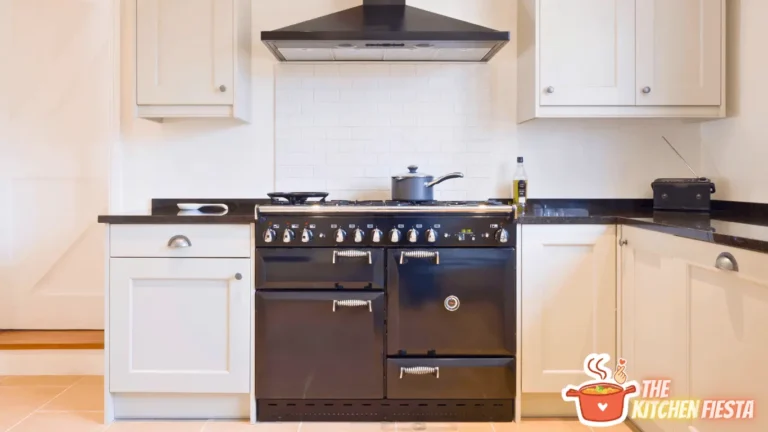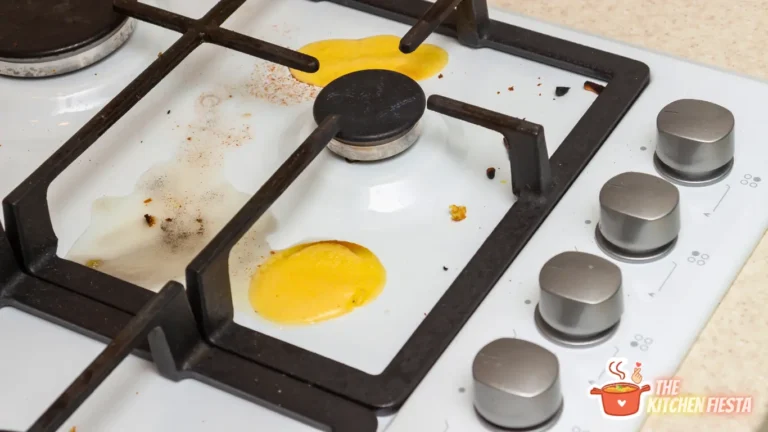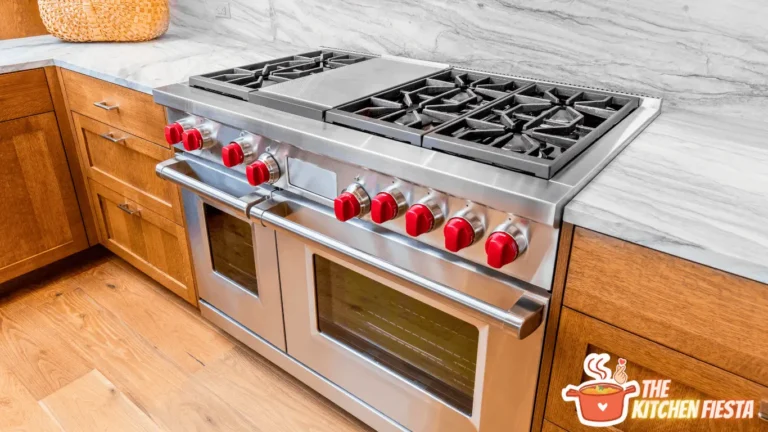How Long to Fry Ribs on Stove: A Clear and Confident Guide
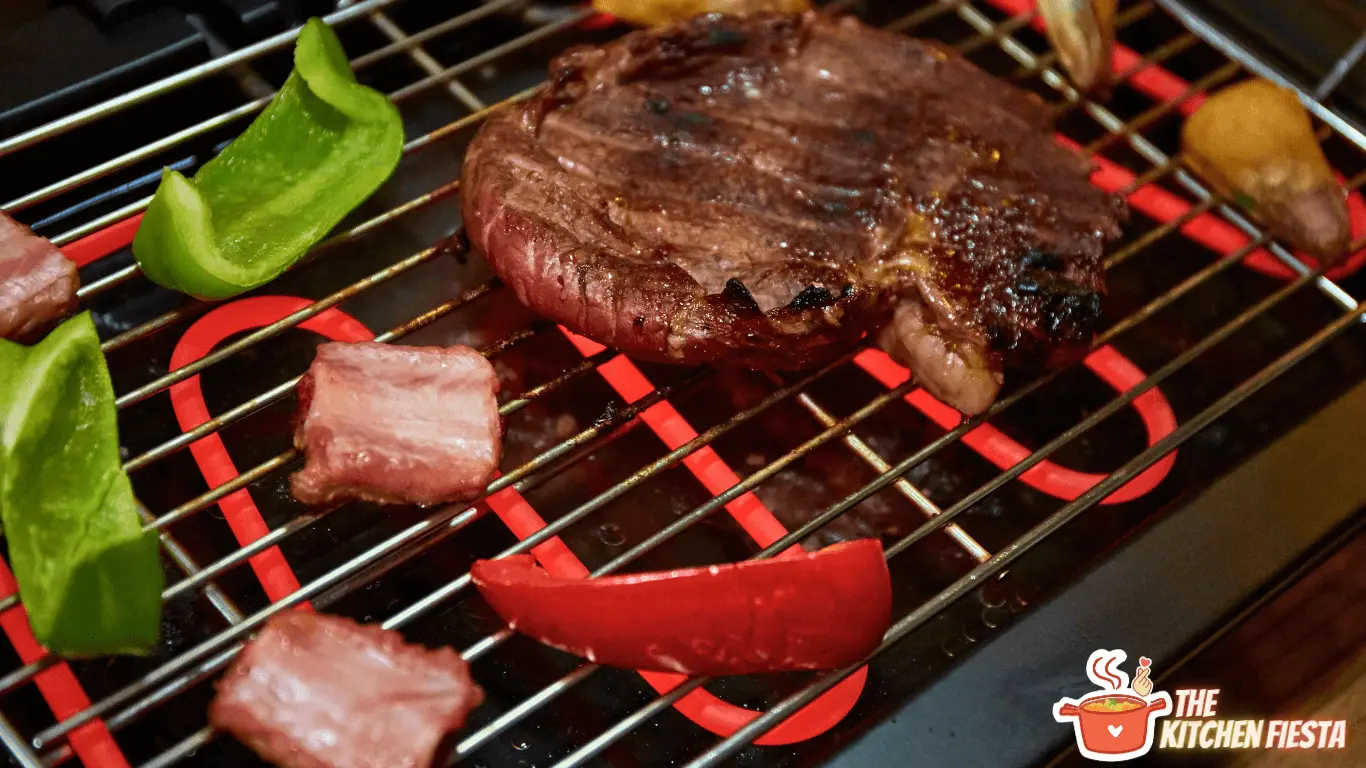
When cooking ribs on the stove, the time they should be fried can vary depending on several factors. It is important to cook the ribs long enough to ensure they are cooked all through and safe to eat.
But not so long that they become dry and tough. Generally, it is recommended to fry ribs on the stove for 15-20 minutes. One of the key factors that can impact how long it takes to fry ribs on the stove is the thickness of the meat. Thicker cuts of meat will generally take longer to cook, while thinner cuts may be ready in just a few minutes.
Additionally, the temperature of the stove and the type of pan being used can also impact cooking times. It is important to monitor the ribs closely while cooking to ensure they do not become overcooked or burnt.
So, being cautious when frying ribs on the stove is important. It is better to err on caution and cook the ribs longer if necessary rather than risk undercooked meat that could make you sick. By following the guidelines outlined in this article and monitoring the cooking process closely, you can ensure that your stovetop ribs turn out perfectly every time.
Understanding Ribs
Ribs are a popular meat dish that can be cooked in various ways, including grilling, baking, and frying. They are usually made from beef, pork, or lamb and come in different cuts, such as baby back, spare, and country style. Each type of rib has unique characteristics that affect its flavor and texture.
When cooking ribs on the stove, choosing the right cut and preparing it properly is important. Baby back ribs are a good option for stovetop cooking, as they are smaller and cook faster than other ribs. Spare and country-style ribs can also be cooked on the stove, but they may take longer and require more liquid to prevent drying out.
Also Read:
Before cooking ribs on the stove, it is recommended to marinate them for a few hours or overnight to enhance their flavor and tenderness. A simple marinade can be made with oil, vinegar, soy sauce, honey, garlic, and spices. The ribs should be placed in a plastic bag or container with the marinade and refrigerated for at least 2 hours or up to 24 hours.
When cooking the ribs, they should be removed from the marinade and patted dry with paper towels. A cast-iron skillet or Dutch oven can fry the ribs on the stove. The skillet should be heated over medium-high heat, and a small amount of oil or butter should be added. The ribs should be placed in the skillet and fried for 3-5 minutes per side or until browned and crispy.
Cooking ribs on the stove can be a quick and easy way to enjoy this delicious meat dish. You can create a flavorful and tender meal that will impress your family and friends by choosing the right cut, marinating the ribs, and frying them properly.
Preparation of Ribs for Frying
Before frying ribs on the stove, it is important to prepare them properly. This will ensure that the ribs are cooked evenly and have a crispy exterior while remaining tender and juicy. Here are some tips for preparing ribs for frying:
1. Choose the Right Ribs
When frying ribs, it is best to use pork spare ribs or beef ribs. These ribs have enough fat to keep them moist during frying and are flavorful enough to stand up to frying.
2. Trim the Ribs
Before frying, it is important to trim the ribs of any excess fat and remove the membrane from the back of the ribs. This will help the ribs cook evenly and prevent them from becoming tough.
3. Season the Ribs
To add flavor to the ribs, it is important to season them before frying. A simple mixture of salt, pepper, and garlic powder can be used, or you can use your favorite dry rub or marinade. Be sure to season the ribs generously on both sides.
4. Let the Ribs Rest
After seasoning the ribs, it is important to let them rest at room temperature for at least 30 minutes. This will allow the seasoning to penetrate the meat and help the ribs cook more evenly.
5. Dredge the Ribs in Flour
To help the ribs develop a crispy exterior, dredging them in flour before frying is important. This will create a coating to help the ribs brown and crisp in hot oil.
Following these simple steps, you can prepare your ribs for frying on the stove and ensure they turn out crispy and delicious.
Frying Ribs on Stove
When cooking ribs, frying them on the stove can be a quick and easy option. However, knowing the right techniques is important to ensure they come out perfectly cooked.
1. Choosing the Right Pan
To fry ribs on the stove, choosing the right pan is important. A heavy-bottomed pan, such as a cast iron skillet, is ideal. The heavy bottom will help distribute heat evenly and prevent hot spots that cause the ribs to cook unevenly.
2. Heating the Pan
Before adding the ribs, the pan should be heated over medium-high heat. This will ensure the pan is hot enough to sear the ribs and create a crispy exterior. A good way to test if the pan is hot is to sprinkle a few drops of water. If the water sizzles and evaporates immediately, the pan is ready.
3. Adding the Ribs
Once the pan is hot, it’s time to add the ribs. It’s important to pat the ribs dry with paper towels before adding them to the pan. This will help ensure that they sear properly and create a crispy exterior. The ribs should be added to the pan in a single layer, with enough space between them to cook.
4. Frying Time
The amount of time it takes to fry ribs on the stove will depend on various factors, such as the ribs’ thickness and the stove’s heat. As a general rule, ribs should be fried for 3-5 minutes per side or until they are golden brown and crispy. It’s important to monitor the ribs closely while frying to ensure they don’t overcook or burn.
Checking the Doneness of Ribs
When frying ribs on the stove, it is important to ensure they are cooked thoroughly. Here are a few ways to check the doneness of ribs:
1. Visual Inspection
Inspecting the ribs visually is one way to check if they are done. The meat should be browned, crispy on the outside, and the bones should protrude from the meat. The meat should also be pulled away from the bone.
2. Internal Temperature
Another way to check ribs’ doneness is using a meat thermometer. The internal temperature of the meat should be at least 145°F (63°C) for pork ribs and 165°F (74°C) for beef ribs. Insert the thermometer into the thickest part of the meat, avoiding the bone.
3. Bend Test
The bend test is a popular method for checking the doneness of ribs. Hold the rib with tongs at one end and let it hang. It is done if the rib bends and the meat starts to crack slightly. If the rib is stiff and does not bend, it needs more cooking time.
4. Toothpick Test
The toothpick test is another way to check if the ribs are done. Insert a toothpick between the bones and twist it. The ribs are done if the meat is tender and the toothpick slides in easily. The ribs need more cooking time if the meat is tough and the toothpick does not slide in easily.
Resting the Ribs
Resting the ribs after frying is essential to ensure they are juicy and flavorful. While some argue that the resting process is unnecessary, most experts agree that letting the ribs rest for a few minutes after cooking is crucial.
The optimal resting time for most types of pork ribs is between 10 and 15 minutes. Since each rack of ribs is different, rest smoked ribs with thick meat for longer than when you rest ribs with thinner meat. If you have mixed thick and thin meat ribs, rest them with the thinner meat for 10 minutes and slice them up.
The amount of time the ribs should rest depends on the type of meat. Baby back ribs should rest for 10 minutes, spare ribs for 15 minutes, and beef ribs for up to 20 minutes. Ultimately, resting the meat for sufficient time is necessary to bring out the best flavor and juiciness in the ribs.
During the resting process, the juices in the meat redistribute, allowing the meat to become more tender and flavorful. If you cut into the meat immediately after cooking, the juices will escape, leaving the meat dry and tough.
To rest the ribs, remove them from the heat source and place them on a clean cutting board. Cover them with aluminum foil to keep them warm, and let them rest for the recommended time. This will give you enough time to prepare any sides or sauces you plan to serve with the ribs.
Serving Suggestions
When it comes to serving stovetop fried ribs, there are many options. Here are a few ideas to inspire your next meal:
- Classic sides: Serve your ribs with coleslaw, potato salad, or baked beans.
- Vegetables: Add some vegetables to your meal for a healthier option. Grilled corn on the cob, roasted asparagus, or a colorful salad are great choices.
- Potatoes: Potatoes are a versatile side dish that pairs well with ribs. Try mashed potatoes, roasted potatoes, or even sweet potato fries.
- Bread: Bread is always a good idea to soak up the delicious sauce from the ribs. Serve with garlic bread, cornbread, or dinner rolls.
- Sauces: Experiment with different sauces to add more flavor to your ribs. Barbecue sauce, honey mustard, or a spicy buffalo sauce are all great options.
No matter how you serve your stovetop-fried ribs, have plenty of napkins. These sticky and delicious ribs will surely be a hit with your family and friends.
Safety Precautions While Frying Ribs
Frying ribs is a delicious and easy way to prepare them. Still, it’s important to take safety precautions to avoid accidents and injuries. Here are some safety tips to keep in mind while frying ribs on the stove:
- Use a deep, heavy pot: A deep and heavy pot is essential for frying ribs on the stove. It helps to prevent oil splatters and spills, which can cause burns and fires. Ensure the pot is big enough to hold the ribs and the oil without overflowing.
- Use a thermometer: It’s important to use a thermometer to monitor the temperature of the oil while frying ribs. The ideal temperature for frying ribs is between 350°F and 375°F. If the oil is too hot, it can cause the ribs to burn and become dry. If the oil is not hot enough, the ribs absorb too much and become greasy.
- Dry the ribs before frying: Before frying the ribs, it’s important to pat them dry with paper towels. This helps to remove any excess moisture, which can cause the oil to splatter. Wet ribs can also cause the oil temperature to drop, resulting in uneven cooking.
- Don’t overcrowd the pot: Keeping it intact while frying ribs is important. Overcrowding can cause the oil temperature to drop, resulting in uneven cooking. It can also cause the oil to overflow, which can be dangerous.
- Keep a fire extinguisher nearby: Accidents can happen while frying ribs, so it’s important to keep a fire extinguisher nearby. Please ensure everyone in the kitchen knows how to use it in an emergency.
Following these safety precautions, you can enjoy delicious and perfectly fried ribs without accidents or injuries.
Conclusion
In conclusion, frying ribs on the stove is a quick and easy way to enjoy this classic dish without needing a grill or smoker. Using the right technique and ingredients makes it possible to achieve juicy and flavorful ribs that are sure to impress.
When frying ribs on the stove, it is important to choose the right meat cut and season it well. Short ribs are popular and can be seasoned with various spices and sauces to achieve the desired flavor. It is also important to cook the ribs at the right temperature and time to ensure they are cooked through but not overdone.
Overall, frying ribs on the stove is a great option for those who want to enjoy this classic dish without needing a grill or smoker. With a little practice and the right ingredients, it is possible to achieve juicy and flavorful ribs that will impress.
Frequently Asked Questions
What is the best way to fry ribs on the stove?
The best way to fry ribs on the stove is to first season them with your preferred seasoning or marinade. Then, heat up your frying pan with oil over medium-high heat. Once the oil is hot, place the ribs in the pan and fry them until they are golden brown and crispy on both sides.
What temperature should I cook ribs on the stove?
The temperature for cooking ribs on the stove should be around 350°F. This ensures that the ribs are cooked evenly and are not overcooked or undercooked.
Can I fry different types of ribs on the stove?
Yes, you can fry different ribs on the stove, including baby back ribs, spare ribs, and beef ribs. The cooking time and temperature may vary depending on the type of ribs you are frying.
How do I know when the ribs are done frying on the stove?
You can tell if the ribs are done frying on the stove by checking the internal temperature with a meat thermometer. The ribs should reach an internal temperature of 145°F for pork ribs and 160°F for beef ribs. Alternatively, you can check if the meat is tender and easily falls off the bone.
Are there any tips for making crispy stove-fried ribs?
To make crispy stove-fried ribs, ensure the oil is hot enough before adding the ribs to the pan. Also, avoid overcrowding the pan, which can cause the ribs to steam instead of fry. Finally, dry the ribs with a paper towel before frying to remove any excess moisture.

